There’s a scene roughly half way through Matthew Reilly’s Seven Ancient Wonders when Jack West Junior, a former Australian SAS soldier, strides into the lower hold of the Halicarnassus – a 747 he stole from Saddam Hussein during the first Gulf War and converted into a flying fortress – dressed entirely in black and wearing his back-mounted carbon-fibre wings.
Admittedly, Jack’s world and life are a lot to take in, but strangely it is that suit he is wearing, not the mounted carbon-fibre wings, which is momentarily of interest. Zoe, the only adult female of West’s team is waiting for him, also outfitted with the suit and wings. The tight form-fitting bodysuit,
our narrator suggests, brought out the best in her slender figure. Lean and shapely, Zoe Kissane was beautiful and fit.
That description caused me to pause momentarily as I read, not to wistfully ponder the shapeliness of Zoe Kissane, but to wonder at the necessary form-fitting suit West is also wearing, and our narrator’s silence upon this matter. The thought didn’t distract me for too long, however, since my observation is hardly surprising and the story is diverting. The fact is, Reilly’s high-adventure thriller is unashamedly aimed at young men, and so it should also be of no surprise when I reveal that I was first introduced to Matthew Reilly by a student years ago, whom I found reading Ice Station in my class.
Reilly’s voyeuristic pause also reveals something of his narrative voice. One gets the feeling while reading the breathless, break-neck narrative that the author is quite excited by the tale he is spinning; that he is entertaining himself as much as he hopes he is entertaining his reader, and I think this is a good thing in an author. Reilly has a huge advantage in that he knows his audience and he writes entertainingly, which makes up for some of the shortcomings of his style and the preposterous action sequences.
The reader has little if any access to the characters’ inner selves. Instead, they are defined by their roles and gutsy determination that is wrapped in moralising tones from an intrusive narrative style. Reilly’s characterisation seems always to happen on the run. In short, there is not much depth to the characters, really. What we know about them rests mostly with their country of origin, their military or academic specialisations and their call-signs
. But here’s a problem: there are just too many confusing character references. Setting aside any bad guys and other secondary characters in the book, Jack’s team of nine (initially) is referenced by either their name, their call sign, or a childish alternate call sign given them by the youngest member of the team, Lily, 10. All of these are used interchangeably without any appreciable character building outside the main action. So, here’s my little contribution to the reading experience of anyone contemplating reading this book, my own table summarising Jack West’s team:
|
Country
|
Name
|
Call Sign
|
Call Sign given by Lily
|
Specialties
|
|
Australia
|
Captain Jack West Jr
|
Huntsman
|
Woodsman
|
Australian SAS
|
|
Canada
|
Professor Maximilian T. Epper
|
Merlin
|
Wizard
|
Professor of Archaeology
|
|
United Arab Emirates
|
Captain Aziz al Anzar al Abbas
|
Saladin
|
Pooh Bear
|
Heavy Arms, Explosives
|
|
Spain
|
Lieutenant Enrique Velacruz
|
Matador
|
Noddy
|
Underwater destruction and demolition
|
|
Jamaica
|
Sergeant W.J.Weatherly
|
Witch Doctor
|
Fuzzy
|
|
|
New Zealand
|
|
Sky Monster
|
|
Pilot
|
|
Ireland
|
Sergeant Zoe Kissane
|
Bloody Mary
|
Princess Zoe
|
Hostage rescue, advanced medical
|
|
Ireland
|
Corporal Liam Kissane
|
Gunman
|
Big Ears
|
Hostage rescue, bomb disposal, heavy arms
|
|
Israel
|
Katsa (Benjamin) Cohen
|
Archer
|
Stretch
|
Sniper
|
|
|
Lily Okombo
|
|
Eowyn
|
Oracle of Siwa
|
The whole first sequence of the novel, the first 124 pages in my edition, is an action sequence with a one-page historical preamble that could have been lifted from Wikipedia. Reilly is willing to bet, it seems, that action is enough to draw his readers along, and it is not until the second and third sections of the book that he slows down momentarily for some much-needed exposition. As the book begins, Jack West leads his group through the crocodile-infested Angereb Swamp in Ethiopia, towards the back entrance of a mountain stronghold. On the other side of the mountain another group is breaking into the stronghold through a different entrance. Jack’s adversaries represent America and prominent European countries. Jack’s group represents a coalition of smaller countries, eager to prevent a dangerous tilt in power in the world. For the prize they seek is one part in seven of the golden capstone that once sat atop the Great Pyramid at Giza. Any country that can obtain the seven pieces, reconstruct them at the top of the pyramid and perform an ancient ritual on the morning of Tartarus (an enormous sun spot that appears once every 4500 years) will have invincible power for a thousand years. This forms the moral justification for the narrative. Reilly’s narrative assumes that it is possible for certain countries to attain ultimate power without danger of moral corruption. Australia, it seems, is a moral centre in world geopolitics and Reilly has no problem in offering Australia as the solution to his existential threat of totalitarian power. This is part of the simplicity of Reilly’s writing, really just wanting to skip over thorny issues he raises which were really only there to inflate the scale of his action. And never mind how all this works, or how the power of the ancient ritual recognises the boundaries and authority of modern geopolitics. This is like a Disney ride, and questioning how the marionettes work would spoil the magic just as pointlessly as thinking about Reilly’s narrative sleight of hand. It’s like that moment in Monty Python when someone says that Camelot is just a cardboard cut-out. You just don’t mention it.
So, this is the basis of Reilly’s story. Each of the seven pieces of the capstone were hidden by Alexander the Great or one of his generals after it was removed from the Great Pyramid. The Seven Ancient Wonders were the hiding places of each piece. Now, with six of the seven wonders now lost, the race is on to locate the remains of the wonders and each part of the capstone they hide.
Having set aside critical faculties concerning historical misrepresentation and the widely improbable nature of some of the action (is it really possible to shoot a missile out of the air with a gun? If so, is it reasonable to assume this can be done with a degree of repeated accuracy?) one finds it necessary to be tolerant on a number of other points. First, is Reilly’s use of diagrams throughout the book. Reilly’s sequences are so specifically attached to a physical space he imagines that he finds it better to represent the setting visually rather than describe it elaborately and slow the pace of the action. The setting is merely a backdrop for the action, after all, as amazing as some of those settings would be in reality, so I see some justification in this, despite the objections raised by the reviewer in the YouTube video I have posted below. I found myself referring to the diagrams as I read, and I accept that this is just part of Reilly’s style.
What I found more difficult is Reilly’s tendency to stretch credulity beyond breaking point. One issue I had with this book was the way he imbues animals with human intention. This is particularly notable with Jack’s peregrine falcon, Horus, that flies shotgun throughout his missions. The bird accompanies him willingly into all manner of dangerous underground situations, which seems unnatural for a falcon. But it gets worse. There’s a scene in which Jack is trapped and calls to Horus to trip the reset switch outside the trap in order to save him. Naturally the bird does all it can to engage with the intricacies of the trap:
Flying fast, Horus swooped up the chain-shaft, past the pulley, and down toward the big clay bucket
There she landed and hopping around, searched for the reset catch that righted the giant tub.
Meanwhile, there is a bunch of pythons slithering out of wall holes in the trap, which were designed to be a part of it, we learn. Don’t question how or why these snakes and their ancestors have been hanging around for thousands of years just to be a part of this trap (in fact, how any of the traps remain working after all this time or how their seemingly one-use designs always reset so perfectly despite their age). All you need to know about these pythons is that they possess a deadly intention commensurable with Horus’s benevolent efforts: The pythons circled, moving in on West and Pooh Bear.
Even better, as the danger increases inside the trap, The pythons cut and run – fleeing for their wall-holes, knowing what was about to happen.
What? Okay, we know that pythons don’t run because they have no legs, so even mentioning this seems pedantic. But their knowledge of what was about to happen …. How!? Presumably this trap hasn’t been triggered for thousands of years. Even imbued with a human understanding of the situation, these snakes have never seen an example of how the trap was designed to operate.
Reilly acknowledges his debt to the Indiana Jones movies in an interview at the end of the book. There are a few sequences in the story which are clearly lifted from the movies: a giant rolling boulder, for instance, and even a scene in which Jack slides under a vehicle, only to remerge. But apart from that, the basis of the story also lies in the ancient world and the action is huge, like the films. But Reilly’s action makes anything in the Indiana Jones movies look entirely plausible. Reilly’s writing reminds me of my days as a teacher, marking the creative writing of many boys who had grown up on action films and video games. It is like high school writing on a grand scale.
Nevertheless, I cannot complain too much. I know what to expect from Matthew Reilly. In the past I have read all the Scarecrow series and other books by Reilly, too. I reviewed The Tournament for this site, which I thought was a more restrained effort on Reilly’s part. So, with Matthew Reilly it comes down to this: are you willing to just go along for the ride? Can you suspend your critical faculties and just enjoy it? As for myself, I occasionally like to read something light, especially around the Christmas period, so it would be pointless to give a book like this 1 out of five stars, which it possibly deserves as a piece of writing. I have to acknowledge that writing like this has a place, and that’s how it should be judged.
If any readers are interested in Matthew Reilly, his new prequel to the Jack West books Jack West Jr and the Hero’s Helmet, which is only 13 pages and available for free (see the link I have included at the bottom of the sidebar) might be a good place to start.

 RSS Feed
RSS Feed Facebook
Facebook Instagram
Instagram YouTube
YouTube Subscribe to our Newsletter
Subscribe to our Newsletter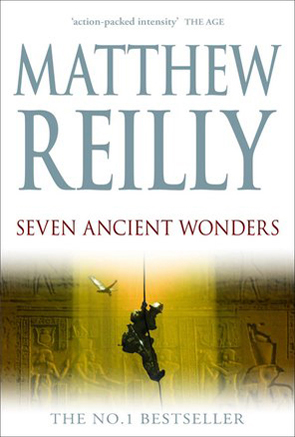

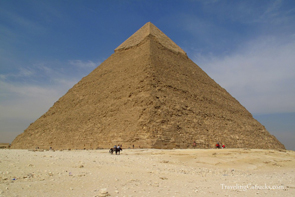
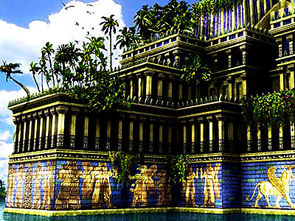
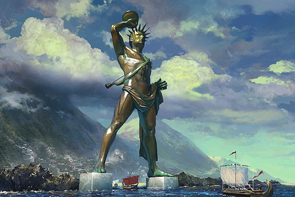
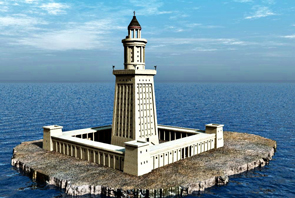
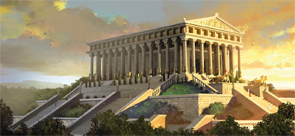
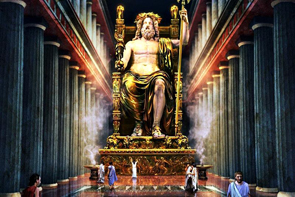
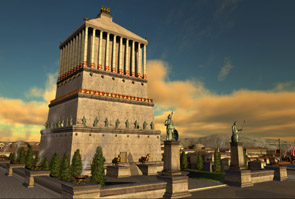
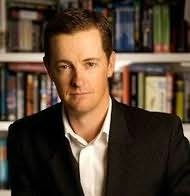
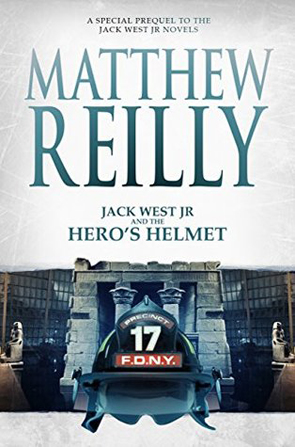


No one has commented yet. Be the first!